Blog

Ladybugs: Our Garden Helpers!
Spring is almost here! And with a variety of plants, insects and animals sprouting up and popping out, our backyards will start becoming a more colorful place as the weather turns! Many of us will be thinking about what to plant in our gardens, and how to keep pests at bay. This garden inhabitant helps deter pest like aphids and is an all-natural solutions to your gardening woes. And they might be living closer to home than you’d think!
This superhero bug is our Ladybug, and they spend their days happily chomping away at aphids. Aphids can come in many colors, but they are generally those tiny orange bugs you see huddled together on leaves and other plant parts. Aphids have piercing/sucking mouthparts that allow them to suck nutrients out of plants (Townsend). These plants don’t bite holes out of leaves like caterpillars, rather they cause leaves to become weak as their nutrients are being eaten by aphids. This can hurt our plants; it makes it harder for them to produce fruit and remain healthy!
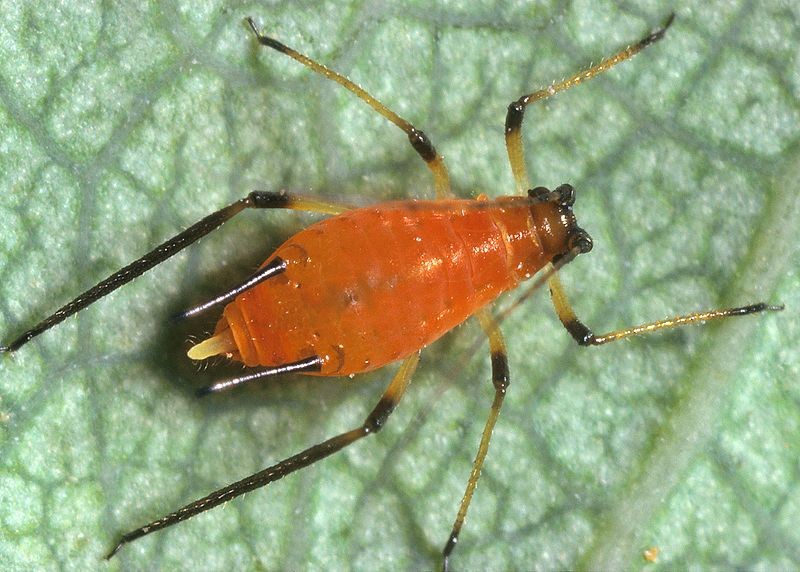
Wikimedia User WikiPedant, CC BY-SA 4.0
But never fear, our Ladybugs are here! (Or, at least they will be soon!)
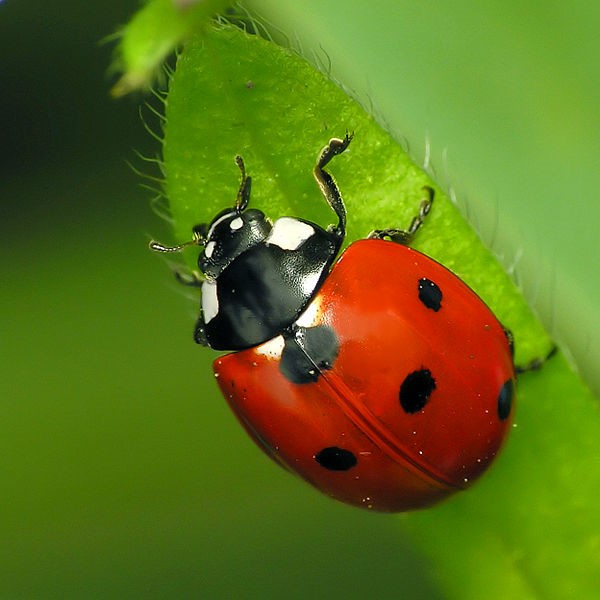
Dominik Stoldulski, CC BY-SA 3.0
Ladybugs are a beneficial insect that will sometimes overwinter in the eaves of houses, or near sources of warmth during the wintertime. So, when spring comes, they are ready to come back to our gardens to help our plants! Aphids are our ladybugs favorite meals, so ladybugs are a truly good insect to help our plants (Ladybugs, 2018).
We love our ladybugs at Phipps, because they are an all-natural way to deter pests and keep our landscape looking healthy and beautiful! We also love spreading the word about these little garden heroes to all our friends at Phipps, so we created a fun craft you can do at home to show your support of our ladybugs!
Here’s how to make a ladybug on a leaf:
What you’ll need:
- Construction paper
- Scissors
- Crayons or colored pencils
- Glue
- Leaves
.jpg)
Step 1: Creating the ladybug body:
Start by taking some red construction paper and cutting a small and a large circle to make the head and the body of the ladybug.
.jpg)
Step 2: Making your leaf
We’re going to do a leaf rubbing for this next part! (Tip: I found my leaves after a very rainy evening. To dry and flatten your leaves, take your leaves and lay them onto a paper towel to dry. Then fold the paper towel over the top to cover the leaves completely. Then, take a book or something heavy to place atop you leaves. After a half hour or so, they’ll be nice and dry, and ready for rubbing!
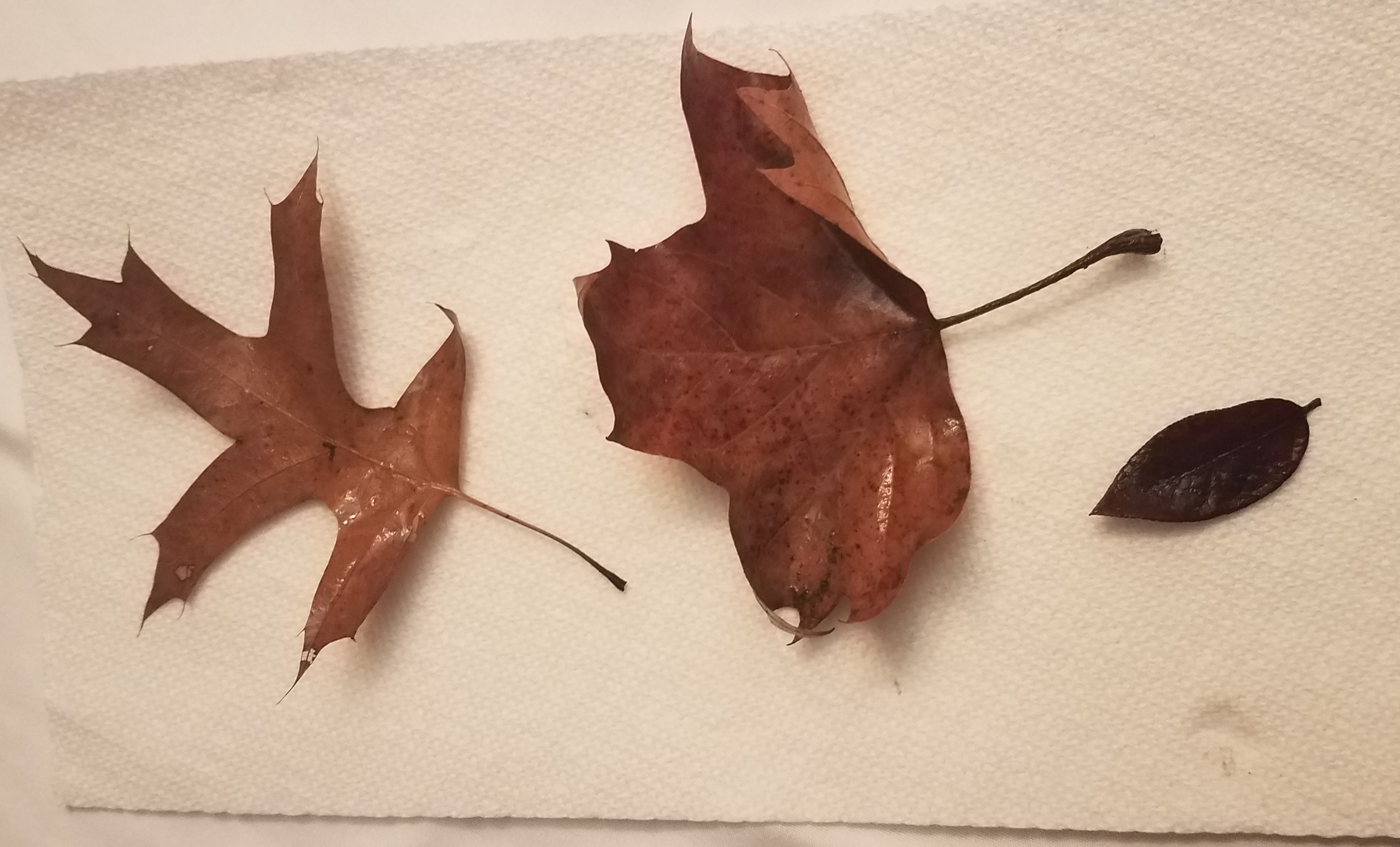
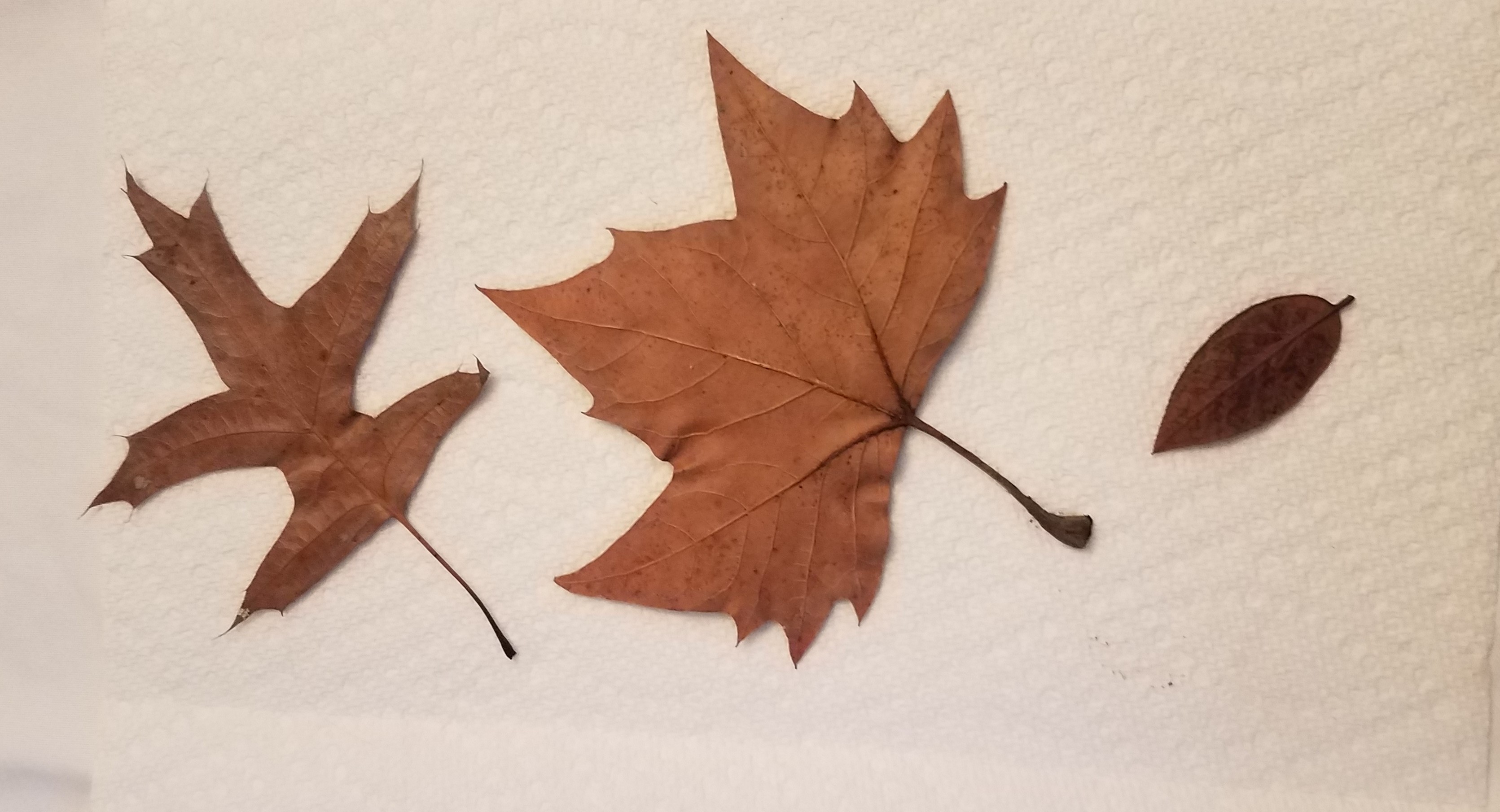
Next, put your leaf underneath your paper. Make you’re your leave is upside down as well; you so will be able to see all the veins and leaf parts as you do your rubbing. Then, using the side of your crayon or colored pencil, gently rub onto the leaf. You will begin to see your leaf rubbing!
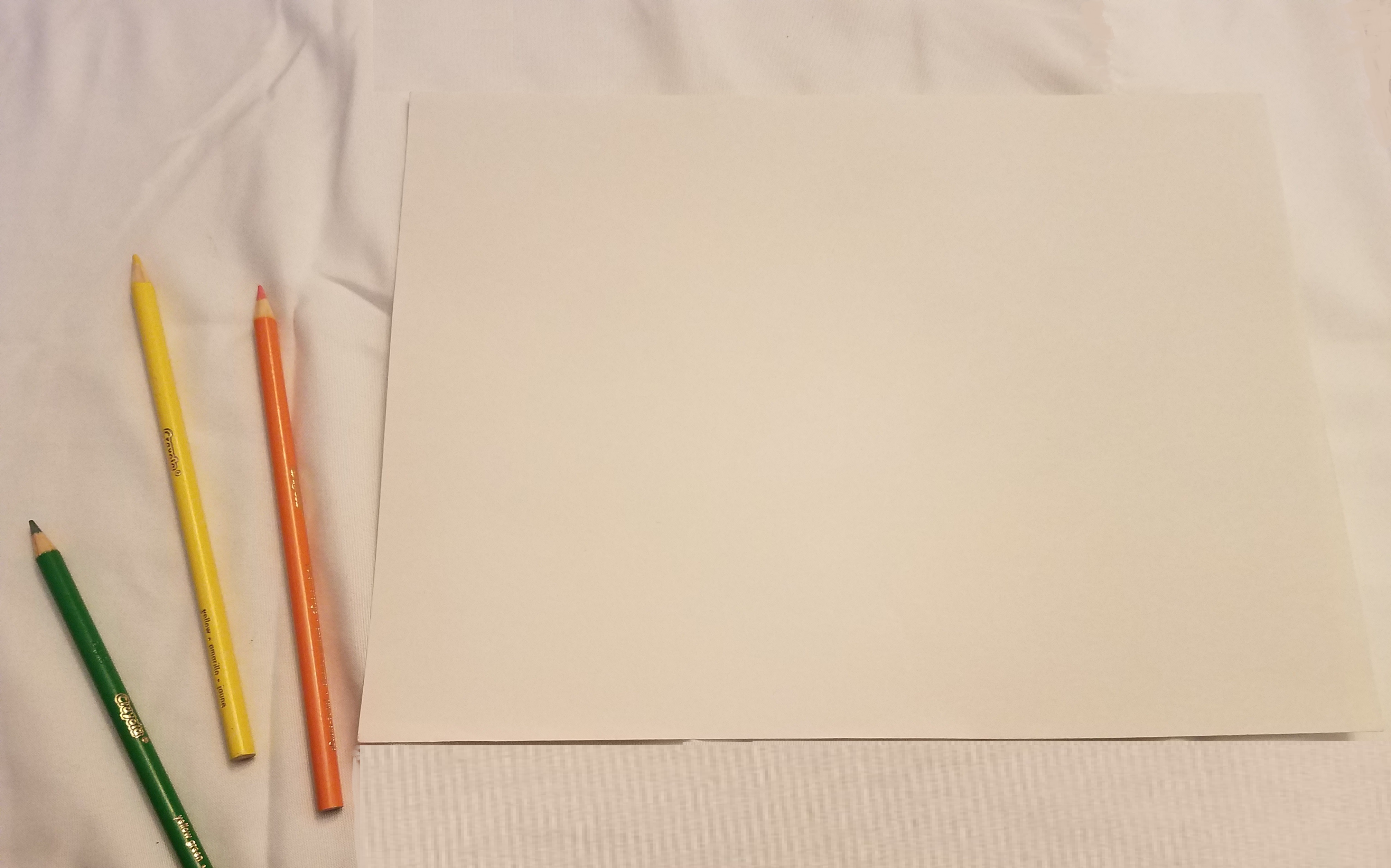
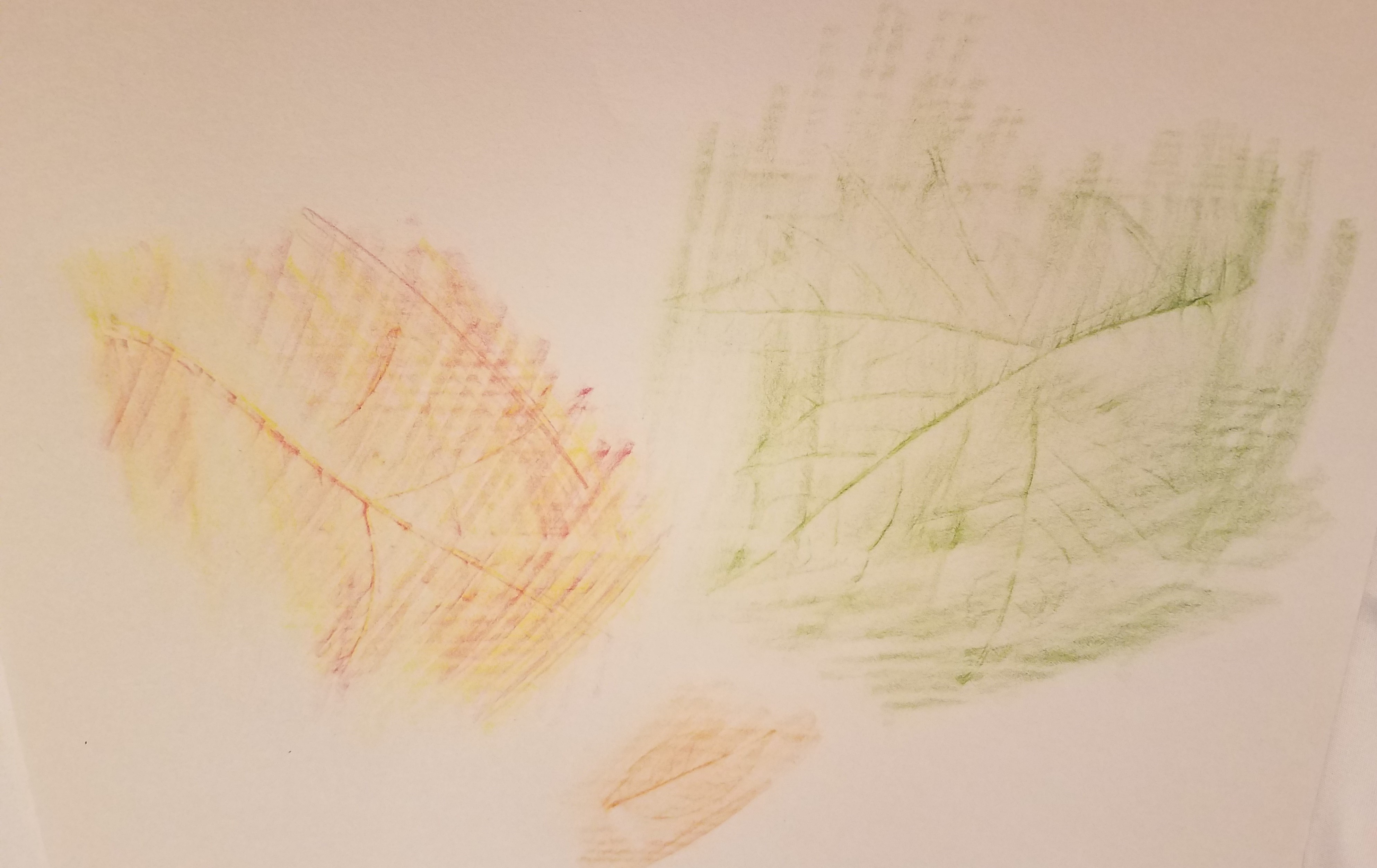
(Teacher tip: I love doing leaf rubbing! This way, I can reuse the same leaf over and over, and, I can be extra creative and use different colors of crayons on my leaves! When I’m all done, I will put the leaves I use outside so they can decompose. Bugs in our soil can eat these leaves and help turn them into good soil for our plants to use! That way, nothing is wasted and I’m returning my natural materials to the Earth.)
Step 3: Time to assemble!
Pick what leaf you would like to place your ladybug on.
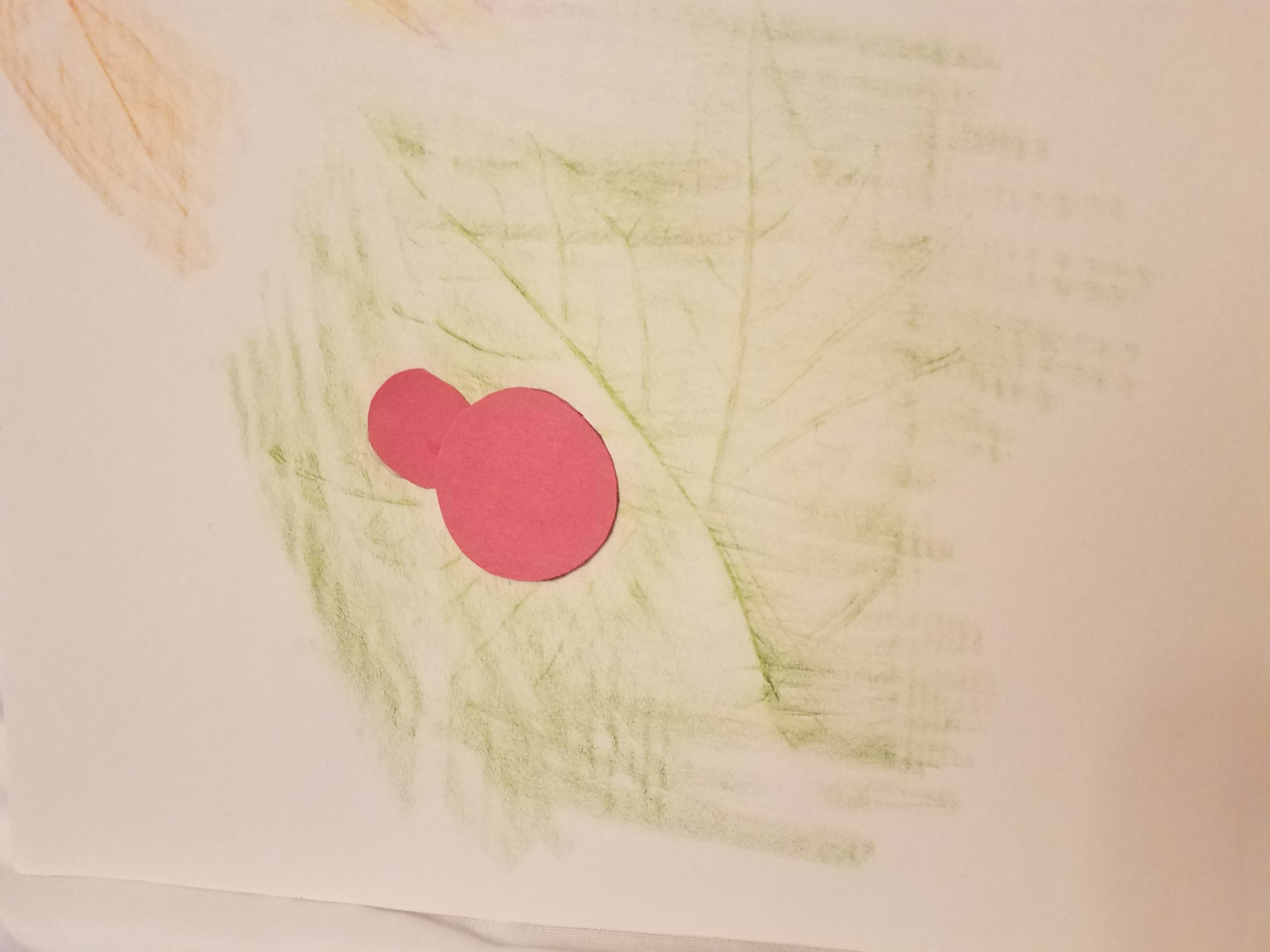
Take your glue stick and glue the body and head onto the leaf. Your ladybug is almost done!
Next, we need to add some parts to our insect! All insects have 6 legs, and they also have 2 antennae too! They use their antennae to smell, like we use our noses!
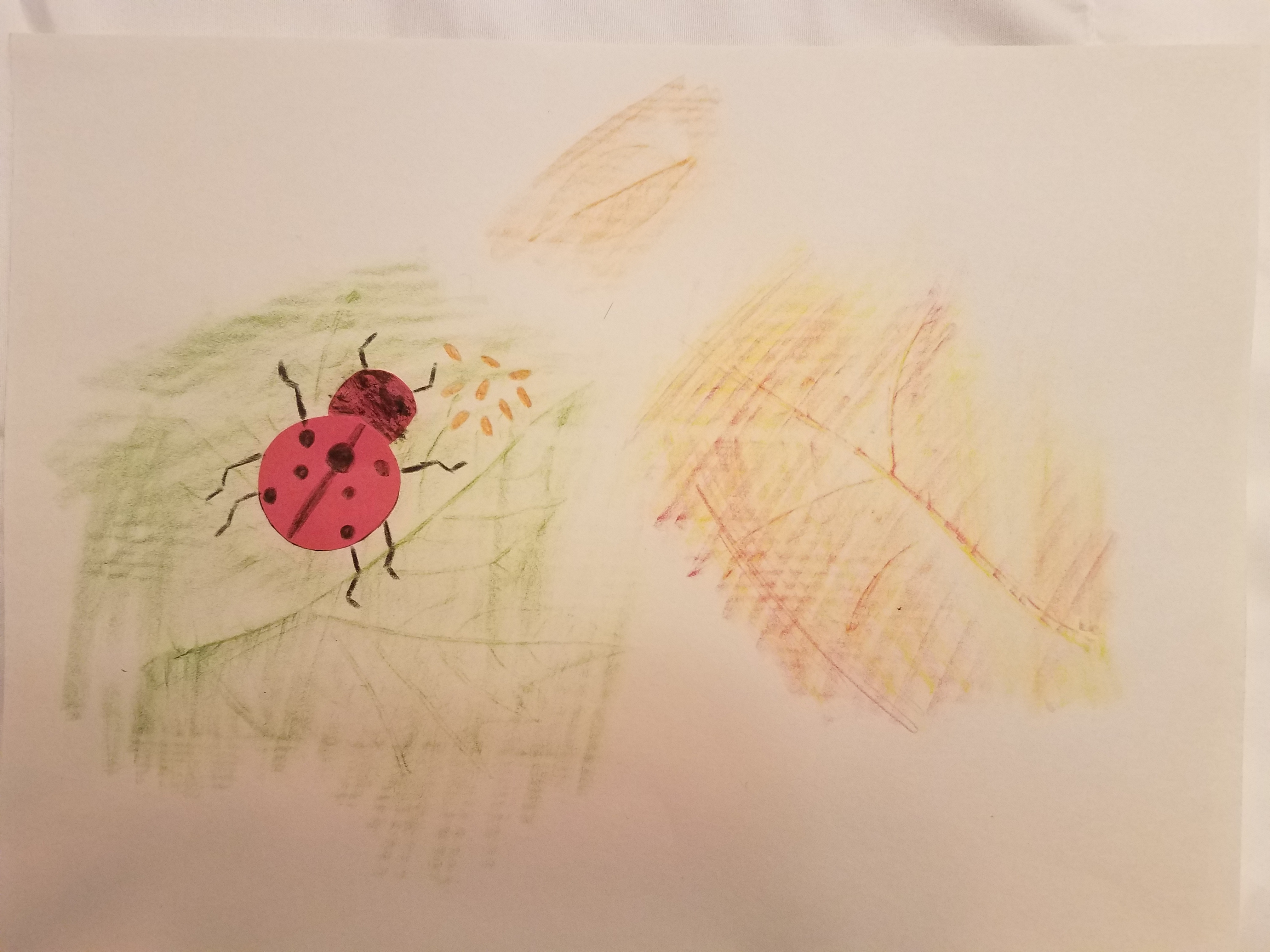
Lastly, you can add some finishing touches to your art project as well! You can add more ladybugs, more leaves, and even little aphids onto your leaves for your ladybug to eat!
And that is how you make a ladybug on a leaf! This is a fun and easy way to let your creativity flow while learning some fun things about our insects! Here’s a fun activity to do at home: As the weather gets warm, go outside and see what creature you can find in your garden that have six legs! If it has 6 legs, you know it’s an insect!
Resources:
Townsend, L. (n.d.). Aphids. March 16, 2020, from https://entomology.ca.uky.edu/ef103
Ladybugs. (2018, September 24). March 16, 2020 from https://www.nationalgeographic.com/animals/invertebrates/group/ladybugs/
Photo Credit: “Wikimedia User WikiPedant” CC BY-SA 4.0, Dominik Stoldulski CC BY-SA 3.0

